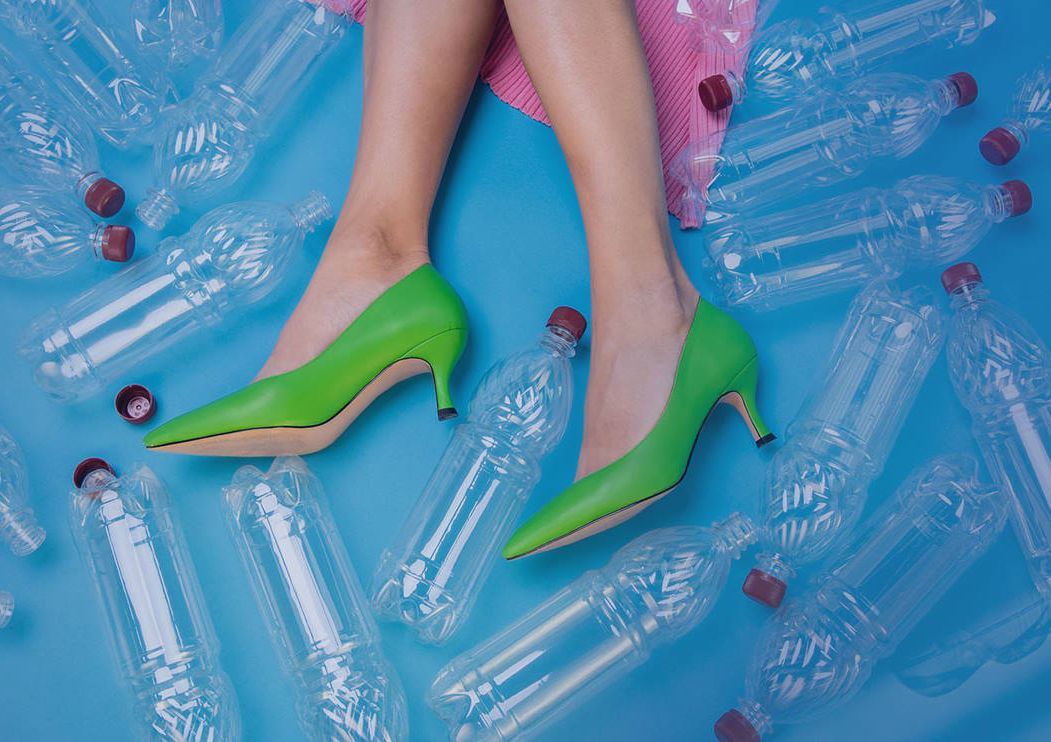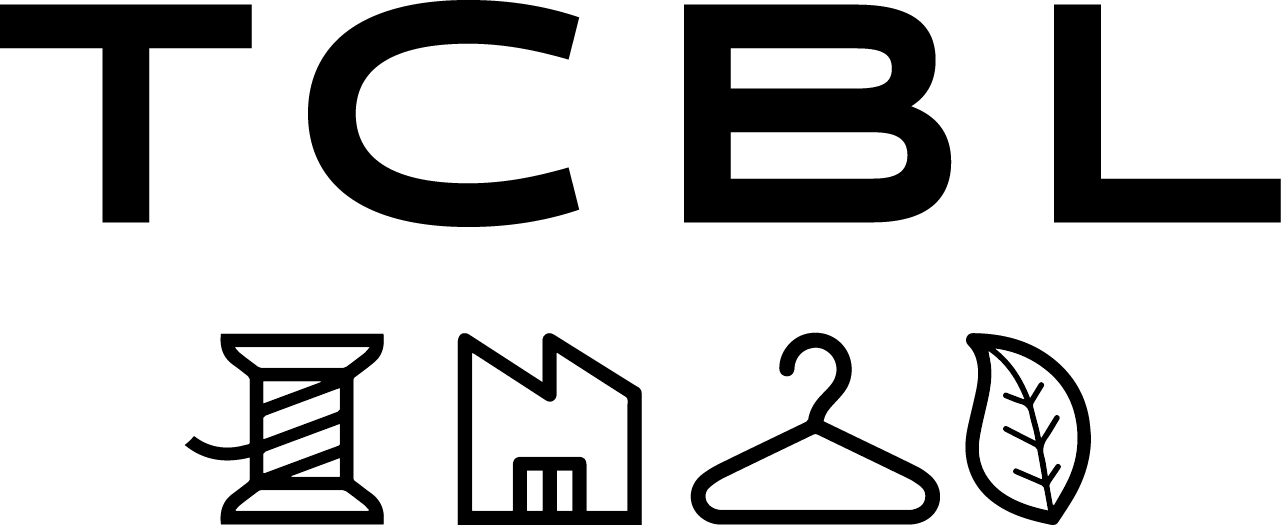
N ° 2 4 S E P T E M B E R 2 0 2 3
This summer's heatwave - and the proliferation of sandals and flip-flops on your feet - made us want to highlight shoes (but not only), throughout our sections: project news from the TCBL network, a selection of product innovations – services linked to these projects, inspiration on the mechanics of change and a few meetings. Hoping that these shares spark reflections and conversations on the transition of the textile-clothing sector. Happy back to school and happy reading.
The editorial team
SHOEDES
One of the priorities of the project is to develop training support in MOOC format
on “shoe design for the circular economy” intended for designers and other footwear professionals. The different courses in this MOOC present innovative business models including sourcing of materials, design, production, distribution, communication and impact on buyer behavior. A first series of results sharing actions is planned for the end of 2024.
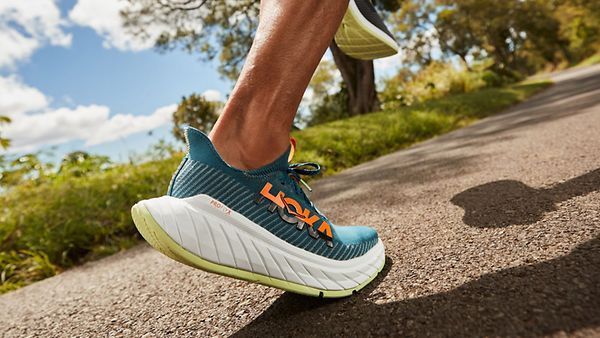
Are you going back to running shoes at the start of the school year?
You can choose between two schoolss: supporters of shoes with wide soles, which promote bounce thanks to the energy stored when the foot is placed on the one hand (eg Hoka, one of the reference brands for marathon runners) and on the other hand, the supporters of ultra-thin soles, which use all the body's energy via the foot placed (almost) directly on the ground (eg Five Fingers, which fits each toe of the foot or Vivobarefoot, with a micro-sole made from algae). Which runner are you? Thick or thin soles?
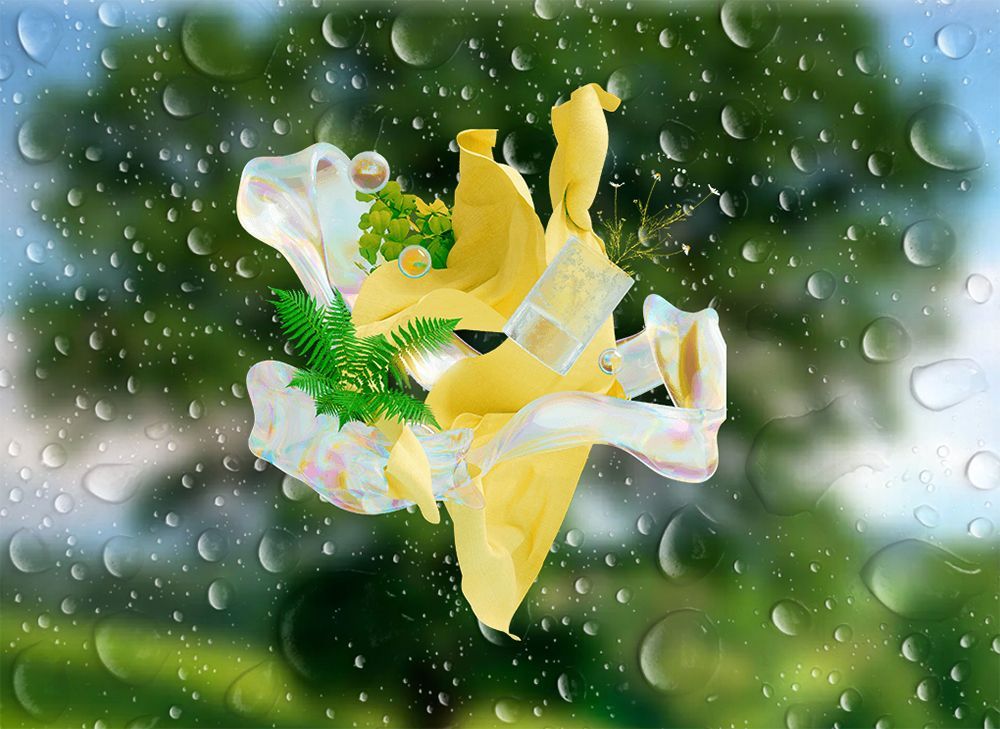
Future of sports shoes
According to sources, this market represents between 88 billion US dollars (Statista) and 112 billion dollars (Mordor Intelligence), but in both cases, its growth projection is 4 to 5% per year within 5 years. However, the two years of pandemic have increased the time spent at home and accelerated the wearing of comfortable clothing. In terms of shoes, this allows us to ask at least new questions about new uses of shoes: either revisited multifunctionality, eg to be worn both indoors and outdoors; or ultra-specialization depending on the situations… all without forgetting a design – circular, local production and readapted to cultural traditions.
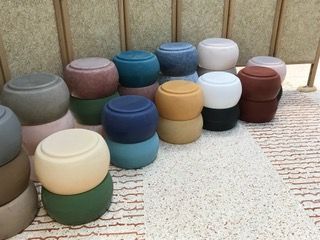
HEREWEAR
We recently visited the LUMA Workshop at the LUMA Arles Electrical Store
to observe the research and development that enabled the creation of this new space using biomaterials. In collaboration with BC Architects & Studies and Assemble, Atelier LUMA used local waste from crops, plants, demolitions, quarries and salt pans to create walls, wall panels, flooring and highly aesthetic and functional seats, stools and lamps. The development of these practice-based projects is supported by the bioregional model that inspires the HEREWEAR project, in which we work together to develop a bio-based, local and circular methodology.
INNOVATIONS
KIZIK, feet shod without hands!
The sneaker-type shoe is put on thanks to a heel that folds down and snaps back into place once put on, with a rounded reinforcement around the heel. 62 different patents have been associated with this research.
AireGAN is the new pair of sneakers whose design is based on models proposed by machine algorithms (or AI), supervised by a quartet (sneaker collector, creative, artist, producer) and produced in the US by assembling a Vibram sole and the shoe (in limited edition and pre-order at $759). This proposal raises debate on the real nature of this creation: combinatory (30,000 times faster than by humans) or ingenious creation. Read more
Mo.ONSHOT is the minimalist shoe of Allbirds which slips on without laces, mainly based on regenerative wool, sugar cane foam (for the sole) and claimed to be zero carbon without compensation, in particular thanks to its bioplastic methane sensor button. It was presented to the Global Fashion Summit of Copenhagen, accompanied by an open-source guide, Recipe Bo.oK, to make this design available to other designers and thus facilitate the development of this type of segment, before being put on sale from 2024.
RUBI, the revolution in cellulose production
Created by two engineer sisters in 2021, the company is based on a bio-mimetic process, that of trees which capture CO2 to transform it into carbon polymers in the trunk and leaves using enzymes. The originality of the system is to use a completely circular process with enzymes cell-free.
CHANGE MECHANICS
The DallE algorithm allows you to create clothes
In 1 click with 6 descriptors, it is possible to have 6 initial clothing proposals to rework. This algorithm runs on the CALA platform (created in 2016 in Laos). CALA is free for up to two employees and then paying: $100 per month and 15% on production in one of their 20 production factories in 10 countries including Vietnam, China, Turkey, Italy, and Portugal. Read more
Automate to relocate
Machine knitting Shima Seiki allows 3D Tex to relocate knitting production to France, to Saint Malo. While manufacturing and sublimation are still largely controlled manually, the rest of production is automated. Read more
Return rates for products sold remotely
While the return rate oscillates between 15% and 30% in Europe depending on the sector, a recent study by Statista shows that these rates reach 40 to 60% in 2021 and 2022. As a result, products that are thrown away after return to the sender are multiplied by the same amount and sellers (textiles and shoes) are equipping themselves to reduce the return rate linked to the sizes, material or wear of the garment and invoice the cost of these returns. Read more
Vinted celebrates its 15th anniversary
65 million active users in 16 countries (including 19 million in France), with a profile marked 18-34 years old (57% of users) and a 2022 turnover of 245 million euros. Consistent with its popular positioning, its revenue model is free for buyers but costs sellers 0.70 euros + 5% of the purchase price of the item. For the record, the second-hand market in France is estimated at 3.3 billion euros. Read more
The maritime carrier Maersk made a first crossing from South Korea to Denmark using biomass ethanol or
green ethanol which allows it to reduce its CO2 emissions by 65-70%. Maersk aims to use this energy on 25% of its own fleet (i.e. 300 cargo ships out of 700) by 2020. As a reminder, global maritime transport produces around 1 million tonnes of CO2 per year, i.e. equivalent of air transport
.
Read more
RENDEZ-VOUS
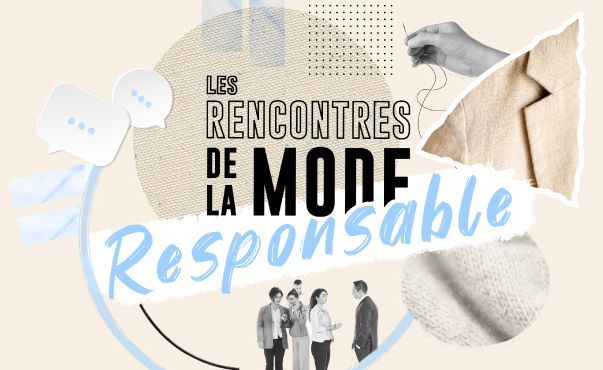
The meeting place for professionals in the textile sectors in New Aquitaine
Thursday October 19
Poitiers, regional hotel
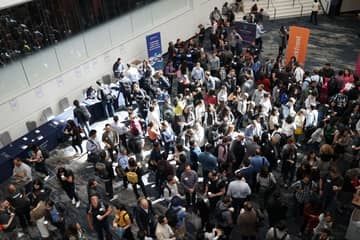
Fashion Green Hub announces Fashion Tech Days pre-program
The Fashion Tech Days will be held from September 19 to 20 in Lyon, at 13 bis quai Rambaud in the Confluence district.
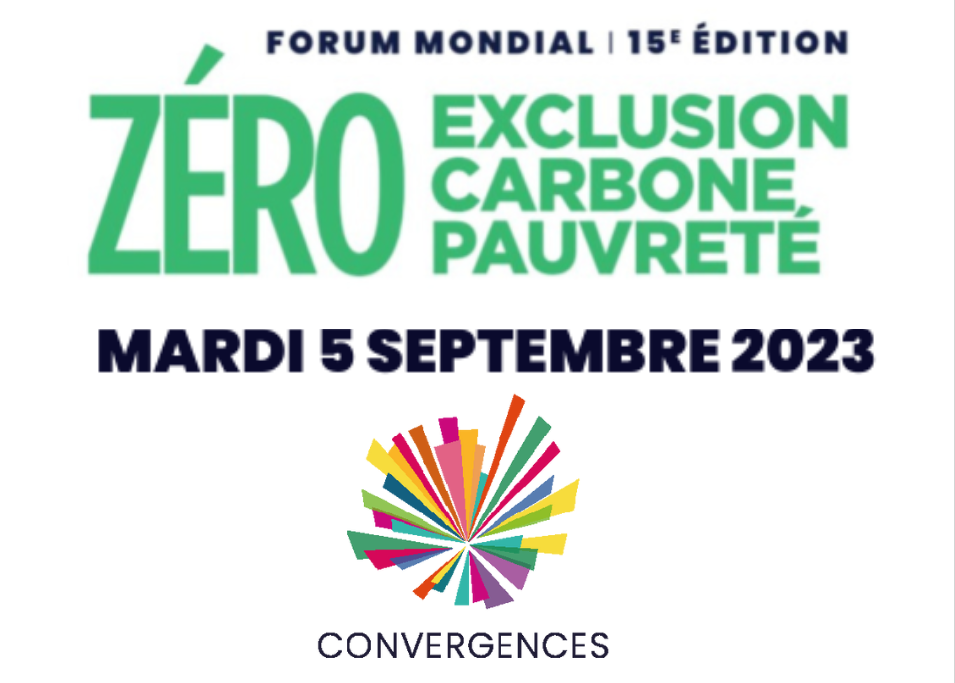
3Zero World Forum 2023 - Paris - Convergences
On September 5, 2023, meet us at the Palais Brongniart to discuss online and in person, at the Palais Brongniart, 16 Place de la Bourse

38th International Fashion, Photography and Accessories Festival - Hyères
from October 12 to 15, 2023
Do you have questions or comments about the topics in this newsletter, or ideas about the textile industry? Do not hesitate to contact us :
contact@audasud.fr
Publication director: Frédérique Thureau
This newsletter is published by: Audasud
8 Avenue Victor Hugo, 34200 Sète - France
Copyright © 2023 Audasud
Add us to your address book



